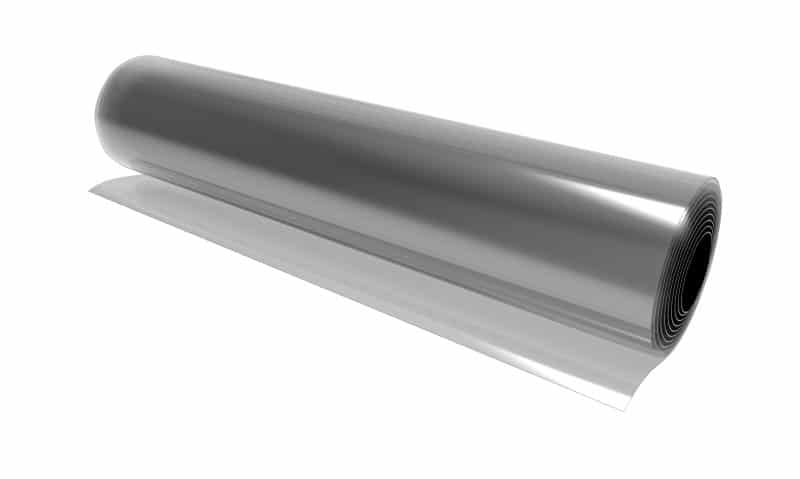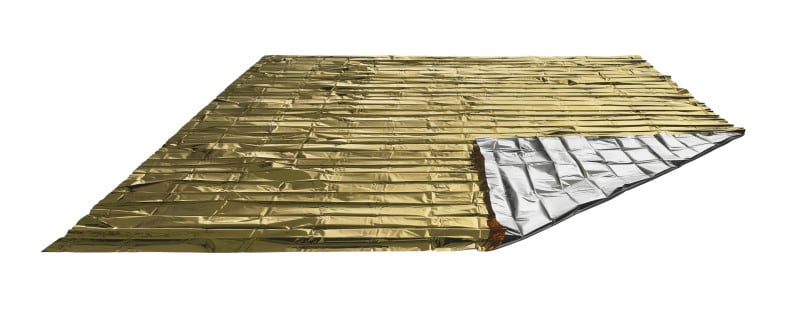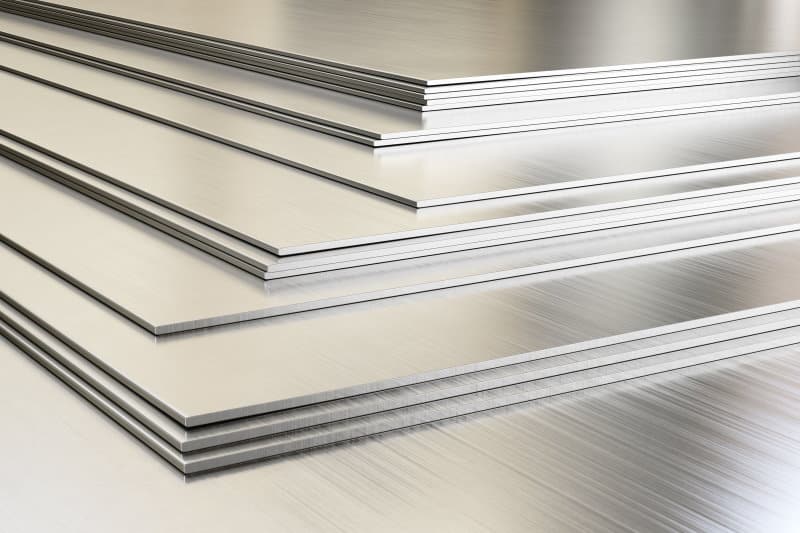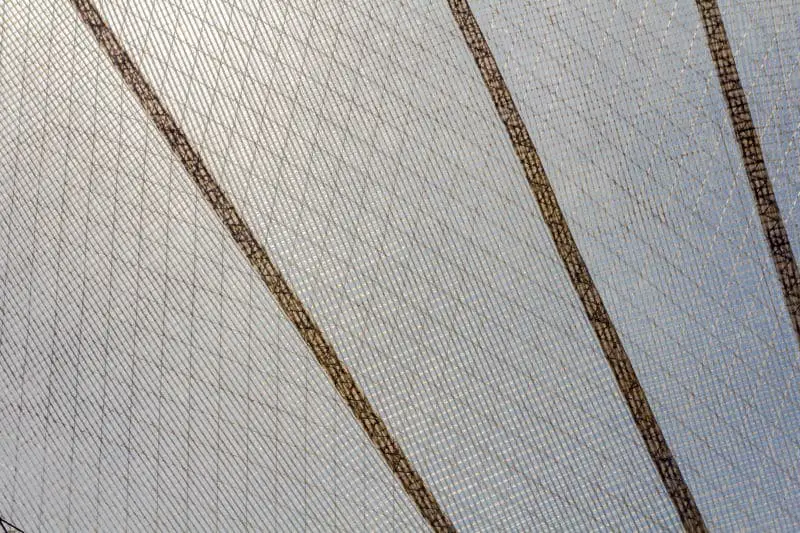With the rise of EMF radiation in the environment, manufacturers are coming up with different protection products to reduce radiation exposure. Each of these protection products is designed differently to block electromagnetic radiation.
There are different materials including Mylar that are used to create a variety of EMF products. Due to the number of shiny products with multiple applications, there are concerns about whether conductive materials made of Mylar protect against EMF radiation?
Let’s have a look at Mylar material and how you can incorporate Mylar products to reduce your exposure to EMFs.
What Is Mylar?
Mylar is a polyester-based synthetic material made using polyethylene terephthalate (PET). The PET is superheated to get into a molten state and then pressed on a chill roll. Some materials such as silicon dioxide are added to make a Mylar film.
Aluminum material is also added to the Mylar to make it easy to reflect away infrared light. There are different applications in our everyday life that use Mylar material.
This lightweight material is readily available and budget-friendly making it suitable for use in making different EMF protection products. You can use the material to make a router cover, microwave cover, smart meter cover, or cell phone bag among other products.
Does Mylar Protect Against EMF Radiation?
Absolutely yes, Mylar reduces the amount of your EMF exposure when placed between you and the EMF emitting device. It doesn’t block 100% of radiation, but it can block up to 95% of electromagnetic radiation.
Mylar goes through a complex process that forms a polyester resin material that is heat resistant. This material is used to make a variety of products such as plastic films and sheets among other anti-radiation protective products.
The product attenuates the harmful energy emitted by the EMF devices near you. Attenuation is the reduction of force, magnitude, and value of electromagnetic waves as they pass through the Mylar material.
That is, the Mylar material absorbs photons of the electromagnetic wave or scatters them as they pass through the material. The material is highly preferred and convenient for use because it is cost-effective and light.

There are different Mylar materials with different qualities and thicknesses. These materials also have different attenuation ratings. As a result, there are different Mylar products with different designs and effectiveness for reducing radiation exposure.
If you’re worried about exposure to EMF radiation, you can incorporate EMF protection products made of Mylar with other protection methods. These products are in the form of blankets or EMF protection paint.
Mylar protective products are more reliable, efficient, and effective. No other product or material is able to match them. For example, Emergency Mylar Thermal blankets are cheap and comfortable anti-radiation blankets made from Mylar material. These blankets can retain up to 90% of your body heat and use military-grade protection to shield you against EMFs.
Mylar Blankets

These blankets are lightweight and you can bring them with you everywhere. They are convenient especially if you’re electromagnetically hypersensitive. These blankets are available in different thicknesses; the thicker the blankets the more EMF they can reduce.
If you have a thin blanket, it will only shield you from lower amounts of electromagnetic radiation. The blankets are heat resistant and can also protect you during harsh weather conditions.
Although the blankets were not initially designed to block EMF radiation, they offer an affordable solution to shield you against EMF radiation.
Mylar Paint
Mylar-based paint provides you with a permanent solution to handle your concerns about electromagnetic radiation. Having more than one coat of paint can effectively block EMF radiation around your home.
The shielding paint can block low-frequency waves, high-frequency waves, and radio waves around your home. For effective protection, most manufacturers recommended applying at least two coats on the walls.
How Mylar Shields Against EMF Radiation
Just like other shielding materials, Mylar can reduce your exposure to electromagnetic radiation. The effectiveness of the material depends on the attenuation rate. As the radiation waves pass through the material, Mylar absorbs or scatters their photons to reduce their gradual force.
The amount of radiation reduced is measured in decibels (dB). When purchasing Mylar material or products made from it, confirm the thickness and quality of the material. The attenuation ability of the Mylar materials varies based on these two factors. Most products made of Mylar material can attenuate radiation up to 20 dB.
If you want to know how much radiation Mylar is reducing, you can use an EMF meter like Trifield TF2. If you haven’t bought an EMF meter already, have a look at my detailed article on the best EMF meters in the market. Choose one of the recommended EMF meters based on your needs and budget.
Measure the amount of radiation before shielding, then shield the EMF emitting device with Mylar material and measure the radiation again. Record the reduction in EMF.
Move some distance away from the emitting device and measure radiation again. Just like we have talked about the inverse-square law in other articles, as you double your distance from the source, you quarter your radiation exposure. The farther you are from an EMF emitting device, the less exposure to the radiation.
So when determining your exposure, you have to look at both the attenuation of the Mylar material and the distance between you and the radiation-emitting device.
Wondering Whether You Should Use Mylar Material or Mylar Paint?
There are different materials you can use to shield yourself and your family from electromagnetic radiation. Mylar is one of the inexpensive and lightweight materials you can use to shield against EMF especially when traveling.
However, if you’re looking for a permanent solution for your home, you can go for Mylar paint. The paint can act as a barrier between you and the source of EMF radiation.
For example, if you have a smart meter installed in your home you can paint the wall next to the smart meter. This prevents radiation waves from penetrating through the wall. There are different EMF paints with different attenuation rates. You can choose one of them and paint your walls to reduce your exposure.
There are also other measures you can use to shield your whole home against EMFs.
Other Protection Measures
If you want to reduce your exposure to EMF, you need to reduce the use of EMF emitting sources in your home and office.
You can also read my article on whole house EMF Protection 101 and ways to reduce EMF exposure in everyday life.
These resources will give you more ideas on how to shield yourself against EMF radiation.
Choosing EMF Protection Materials
Electromagnetic shielding material provides a conductive layer that reduces exposure to electromagnetic fields in space.

Conductive materials for RF shielding reduce electrostatic fields, electromagnetic fields, and coupling of radio waves. Those that block electrostatic fields are commonly referred to as the Faraday cage.
The choice of material to make an EMF protection product determines the cost and performance of the conductivity material. Your key decisions should be based on the electromagnetic compatibility (EMC) and application of EMF products in the environment.
| If you’re looking for more information about EMF exposure and its impact on human life, you can read Nicolas Pineault’s eBook “A Non-Tinfoil Guide To EMFs” and learn more. |
Some of the common shielding materials comprise metal sheets, metal screens, and metal foam. Sheets of metal products like copper, Mylar, silver, steel, and nickel are the most sought after form of electromagnetic shielding.
These metals have a conductive enclosure that forms a Faraday cage to block or reduce electromagnetic fields. The amount of electromagnetic field radiation reduced depends on the type of material, weight, and thickness.
In addition, the frequency of EMF fields and whether to shield against electric or magnetic fields or both determine the material shape. Another factor of concern is the shape of the device and the size of the object you are trying to shield, which can determine how much radiation is blocked.
Conclusion
Mylar is an effective, budget-friendly, and lightweight shielding material that attenuates electromagnetic radiation as it passes through. The amount of radiation reduced depends on the quality and thickness of the Mylar material.
This protection material is available in either EMF protection products like a Mylar blanket or Mylar paint. The choice of whether to use a Mylar blanket or Mylar paint depends on what you want to shield yourself from.
You should also incorporate other protection measures together with Mylar protection material to increase your success in protection against EMFs.


